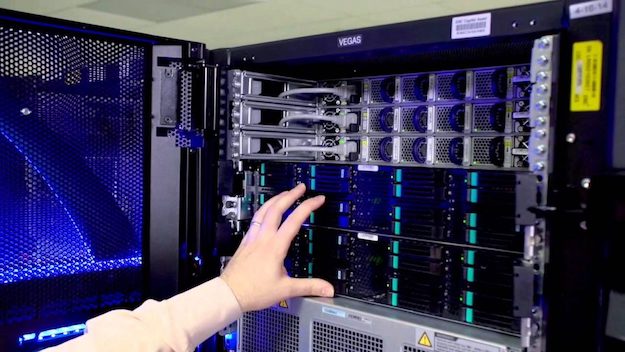With Microsoft releasing updates for Windows nearly every month, it is important to stay in the loop so that your computer and server is running in the optimum way.
Patches can be a little daunting to install, but with these steps, you’ll enjoy smooth updates in no time.

Plan
If you always know when new windows patches are available, you can set a time in your schedule for your servers to be updated. Remember to allow time for any potential issues that could occur.
Research
Research the patches you’re installing and the potential issues they may cause. Server updates may have some implications when a new patch is installed. For research, online searches will be sufficient, and you can determine the safety of a patch within the first few pages.
Check Available Disk Space
Check your disk drive to see if you have space for the new update. Lack of storage can cause half installations or complete update failure.
Backup
If any issues arise, it is vital to have a backup of your most recent update. If problems do occur and Windows needs to back up to the last known state, work already completed could be deleted, costing you money and time.
Be Conscious of non-OS updates
Windows updates are sometimes for applications such as Word, Powerpoint, and Excel. Be aware of the update as sometimes these specific applications do not need any kind of update.
Use a test or development server
Updates should be first installed using a test server. Having a test server will give you an indication of the type of issues you are going to receive from downloading the update. If you do have problems, you can then figure out the best process for solving them.
Install Security Updates
Security should be installed as soon as possible to avoid any further issues that could occur when updating your server.
Microsoft update articles will explain all of the pros and cons of a new update, including areas that attackers could potentially exploit. If you do not have an updated security system in place, you may find that someone may be able to more easily breach your server.
Validate applications
When you have completed the patching of your system, always check and test your OS and applications. You should have a list of applications to validate and check to show you if your system is working properly.
Online sites are a great way to check this. They allow you to see if things load correctly and if important features are still working. Some also allow you to customise the features checked.
Patch your System
The final step is to actually patch your system. It may feel like it’s not even needed if everything is working as it should, and it can be a time-consuming task. However, not patching your system regularly will increase the time it takes for future patches to be installed and updated, and could potentially harm your device later on.
It is always easier to make smaller updates more frequently rather than larger updates less often. If you find that you need to update some components or hardware in your servers, look for specialised retailers such as ETB Tech which have servers and individual parts for all kinds of configurations.




